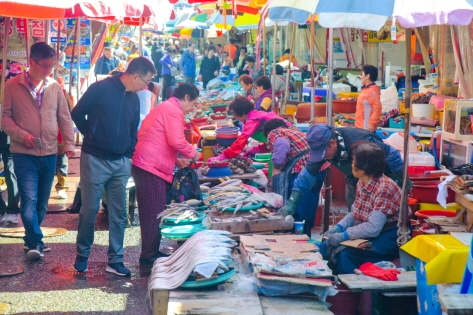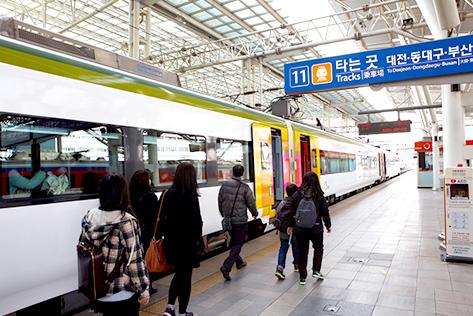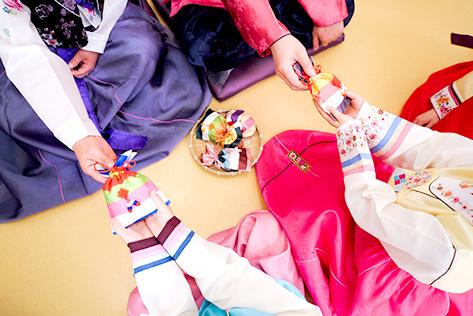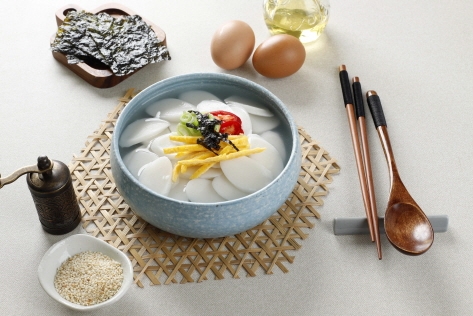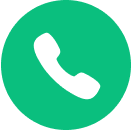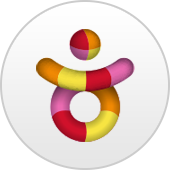- Log in
-
- Sydney Overseas Office
- London Overseas Office
- Paris Overseas Office
- Toronto Overseas Office
- Los Angeles Overseas Office
- New York Overseas Office
- Ulaanbaatar Overseas Office
- Istanbul Overseas Office
- Dubai Overseas Office
- New Delhi Overseas Office
- Manila Overseas Office
- Jakarta Overseas Office
- Hanoi Overseas Office
- Kuala Lumpur Overseas Office
- Singapore Overseas Office
- Bangkok Overseas Office
- Map
- Sydney Overseas Office
- London Overseas Office
- Paris Overseas Office
- Toronto Overseas Office
- Los Angeles Overseas Office
- New York Overseas Office
- Ulaanbaatar Overseas Office
- Istanbul Overseas Office
- Dubai Overseas Office
- New Delhi Overseas Office
- Manila Overseas Office
- Jakarta Overseas Office
- Hanoi Overseas Office
- Kuala Lumpur Overseas Office
- Singapore Overseas Office
- Bangkok Overseas Office
Travel Highlights
-
-
-
Seollal in Korea: A Glimpse of Local Customs
-
01/31/2024
3.3K
-
0
1
-
-
Korean_food
Korea_Traditional_Culture
culture
rice_cake_and_mandu_soup
heotjesabap
-
-
-
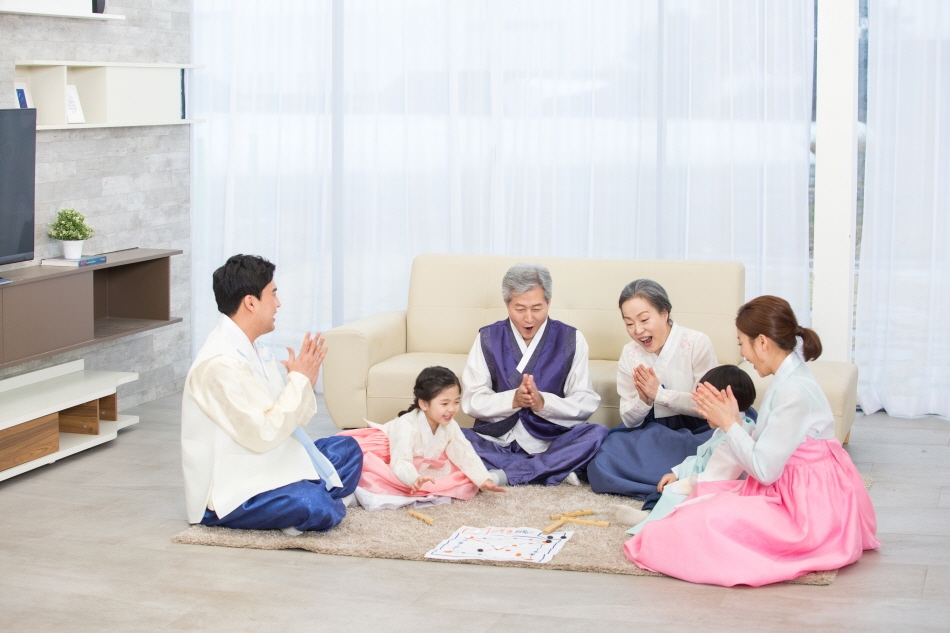
Seollal (Lunar New Year’s Day; first day of the lunar calendar) is one of the most celebrated national holidays in Korea. This year, Seollal falls on February 10 of the Gregorian calendar. Seollal is a time for Koreans to return to their hometowns to pay respect to their ancestors, as well as catch up with family members. During Seollal, Koreans usually perform ancestral rites, play folk games, eat traditional foods, listen to stories and talk well into the night. Read on to discover how Koreans celebrate Seollal.
Before Seollal: Busy with preparations!
In Korea, the rush to prepare for Seollal begins days beforehand. Food is prepared in advance and people begin to purchase and package gifts for their parents and relatives. Another crucial part of preparing for Seollal for many people is making travel arrangements to visit their hometowns. There is a mad rush to book buses, trains, or plane tickets before they all sell out. Traveling during the holidays can take two to four times the normal travel time due to heavy traffic.
Recommended Seollal gifts!
- Seollal gifts vary each year depending on economic situations and gift trends, but the most popular ones are department store gift cards and cash. Popular gifts for parents include ginseng, honey, health products, and massage chairs. Other common gifts include toiletry gift sets such as shampoo, soap, and toothpaste, or gift sets composed of Spam, tuna, hangwa (traditional sweets and cookies), dried or fresh seafood, hanu (Korean beef), and fruit.
The day of Seollal: New Year’s greeting and traditional games!
The morning of Seollal begins with family members gathering in their seolbim (new clothes received for Seollal) for an ancestral rite. The ritual is conducted to express respect and gratitude to one’s ancestors. Following the rite, the family eats the ritual food. The main dish of the day is tteokguk, a traditional soup made with sliced rice cakes, beef, egg, vegetables, and other ingredients. In Korea, the clear broth and white rice cakes of tteokguk are believed to symbolize starting out the year with a clean mind and body.
After the meal, the younger generations of the family pay respect to their elders by taking a deep bow called sebae. Then, the elders offer their blessings and wishes for a prosperous year. Children often receive sebaetdon (New Year’s money) as a Seollal gift.
Traditional game to enjoy on Seollal, yunnori
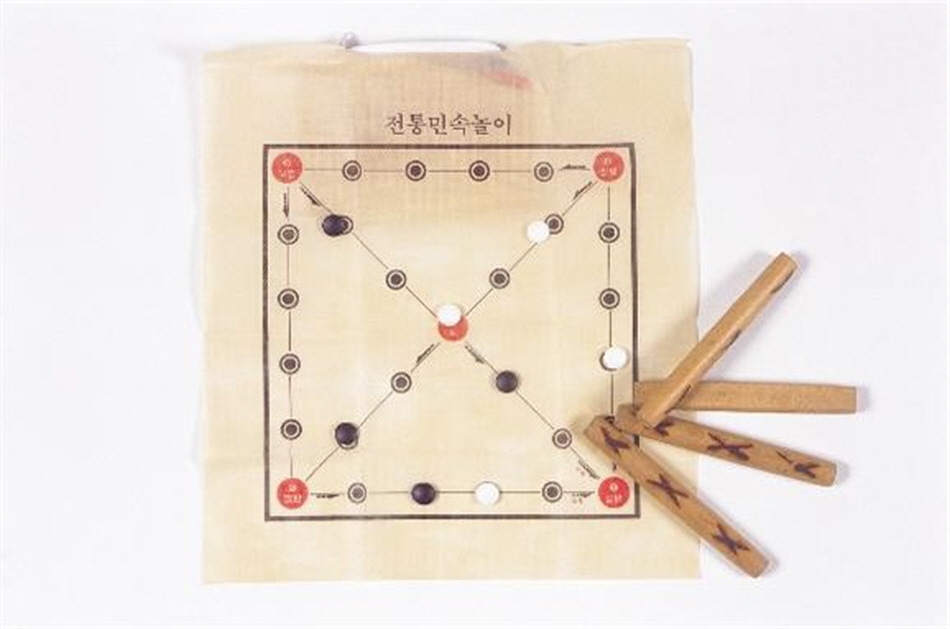
Seollal is an opportunity for the entire family to engage in fun activities together. The most common activity is yunnori, a traditional board game. This game is so easy to learn that all family members, regardless of age, can enjoy playing. Yunnori is played by throwing four sticks and moving your game markers around the board depending on the number of up-facing sticks. Each team has four markers and the first team to get all four of their markers around the board wins.
Why is 2024 the year of the dragon?

Every year is represented by one of the twelve zodiac signs, which take the form of twelve guardian animal deities collectively known as Sibijisin. These signs change with every year, rotating over a 12-year cycle. In the past, it was widely believed that Sibijisin had an influence over one’s fate and character. These days, many Koreans check their yearly fortune horoscope just for fun by comparing their zodiac sign with the New Year’s zodiac sign. The year 2024 is referred to as Gamjinnyeon (‘gam-’ meaning blue, and ‘-jin’ meaning dragon) or “The Year of the Blue Dragon.” Observant readers may have noticed the VISITKOREA logo features a small blue dragon in celebration of Seollal!
Enjoy the Seollal Holiday Period
This year’s Seollal holiday period is February 9-12. While most Koreans will be gathering with their families, there are many special exhibitions, performances, and events taking place during the holiday period for people to enjoy.
In Seoul, the National Museum of Korea’s “Find the Blue Dragon” event introduces 15 exhibition items related to dragons. The National Museums in Gyeongju, Jeonju, Cheongju, and Daegu will each offer traditional folk games and craft experiences, writing wish postcards, trying on hanbok, and other cultural events related to Seollal. Seoul’s four major palaces (Gyeongbokgung, Changdeokgung, Deoksugung, Changgyeonggung) and Jongmyo Shrine will also be open for free during the four-day holiday period.
Recommended travel spots during the Seollal holiday
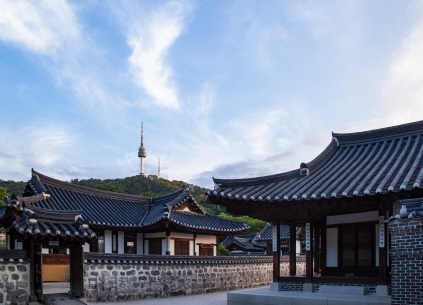 Namsangol Hanok Village
Namsangol Hanok Village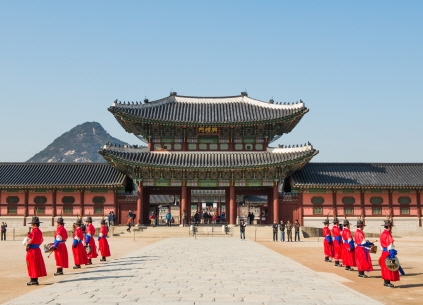 Gyeongbokgung Palace
Gyeongbokgung Palace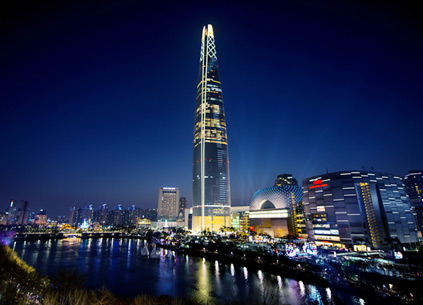 Lotte World Tower & Mall
Lotte World Tower & Mall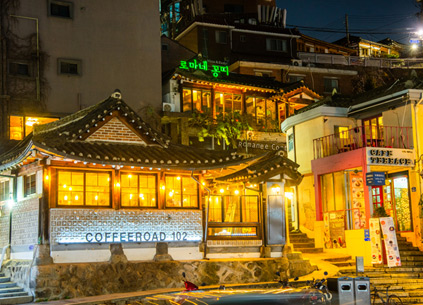 Samcheongdong Street
Samcheongdong Street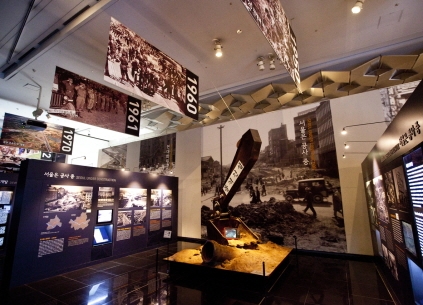 Seoul Museum of History
Seoul Museum of History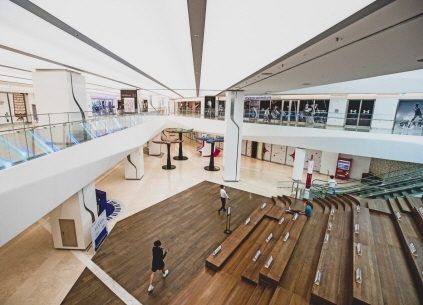 Starfield COEX Mall
Starfield COEX Mall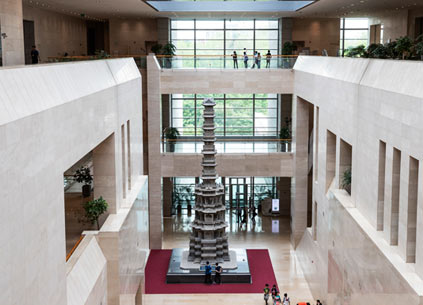 The National Museum of Korea
The National Museum of Korea Korean Folk Village / (Credit: Korean Folk Village)
Korean Folk Village / (Credit: Korean Folk Village)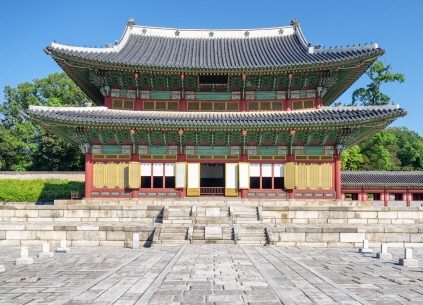 Changdeokgung Palace Complex
Changdeokgung Palace Complex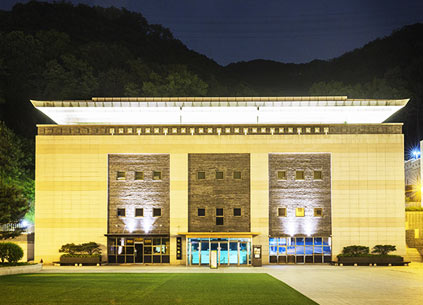 National Gugak Center / (Credit: National Gugak Center)
National Gugak Center / (Credit: National Gugak Center)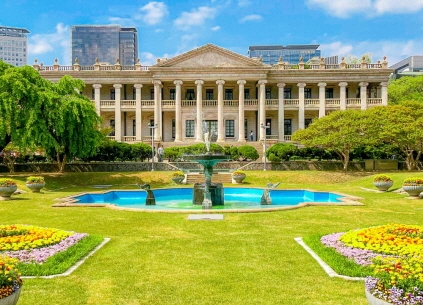 Deoksugung Palace
Deoksugung Palace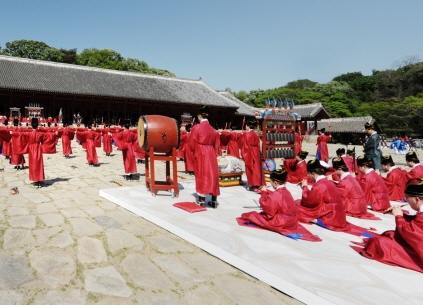 Jongmyo Shrine
Jongmyo Shrine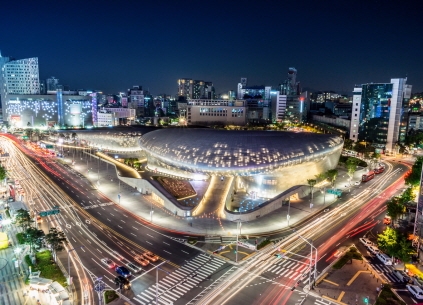 Dongdaemun Design Plaza (DDP)
Dongdaemun Design Plaza (DDP)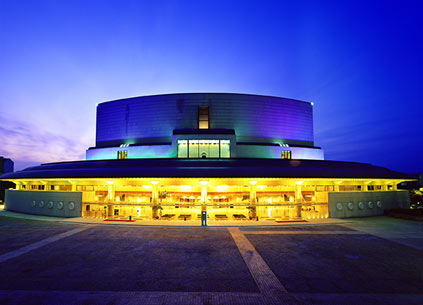 Seoul Arts Center
/ (Credit: Seoul Arts Center)
Seoul Arts Center
/ (Credit: Seoul Arts Center)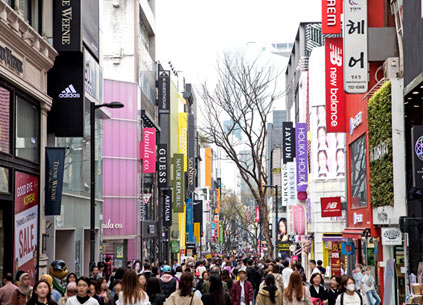 Myeong-dong
Myeong-dongTraveling Tip!
- During the Seollal holiday, the bustling city of Seoul becomes relatively quiet and peaceful, as many people leave the capital to return home or travel abroad. Streets become vacant, and many restaurants and shops close. However, recreational and cultural facilities such as amusement parks, national parks, and major palaces stay open to the public to present various events and traditional games for families. You might want to consider adjusting your travel dates if you are planning to visit other regions of Korea during the holiday period, as bus and train tickets are hard to come by and highways are heavily congested.
Shopping tip!
- During the Seollal holiday season (February 9–12, 2024), most department stores and major shopping districts will stay closed for two days, especially on the day of Seollal (February 10, 2024) and the day before or after. (* Closed days and operating hours may vary depending on location and shop, so please check details prior to visiting.)
More info
- 1330 Korea Travel Helpline: +82-2-1330 (Korean, English, Japanese, Chinese, Russian, Vietnamese, Thai, Malay)
* This column was last updated in January 2024, and therefore information may differ from what is presented here. We advise you to check details before visiting.
-

